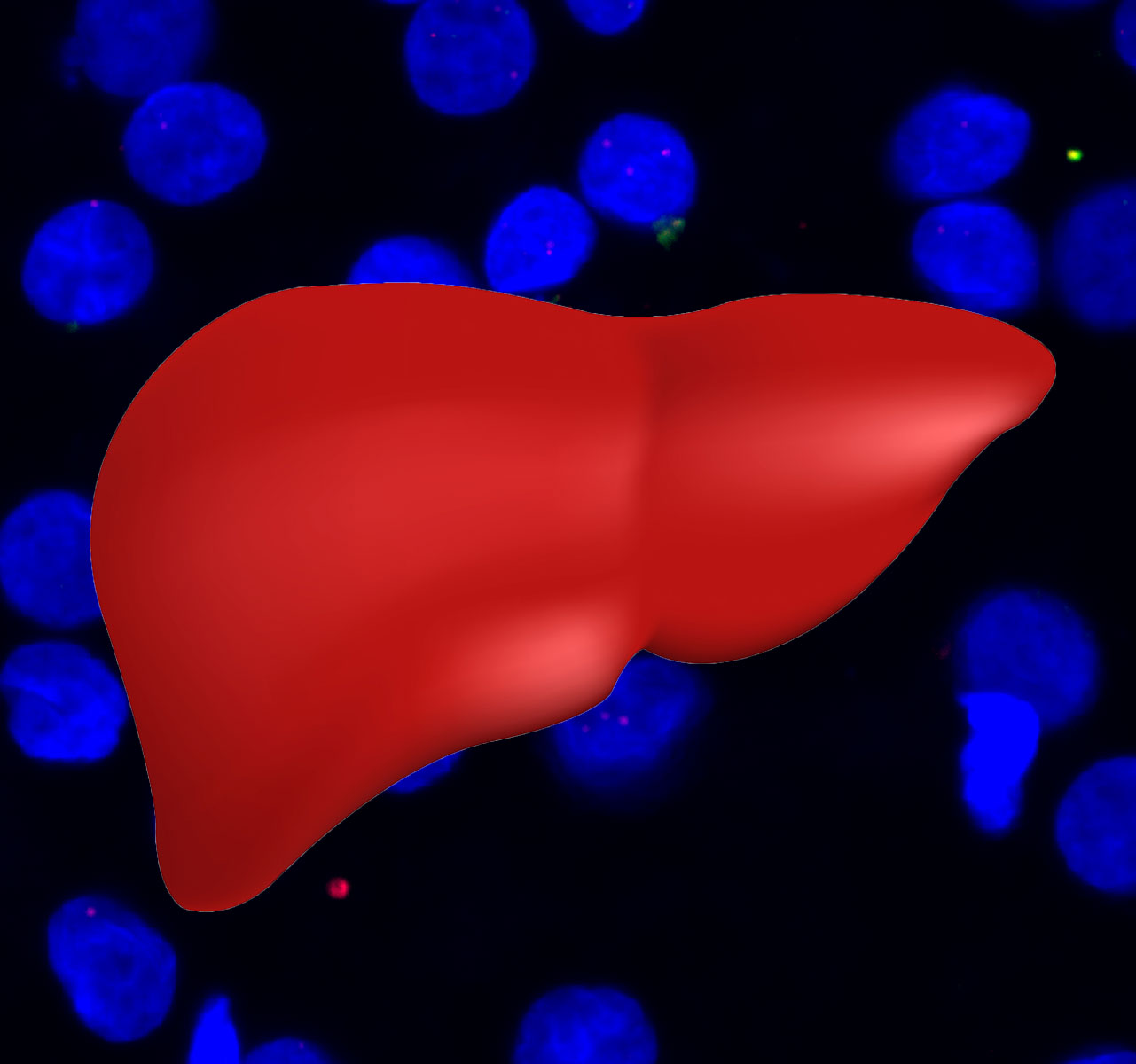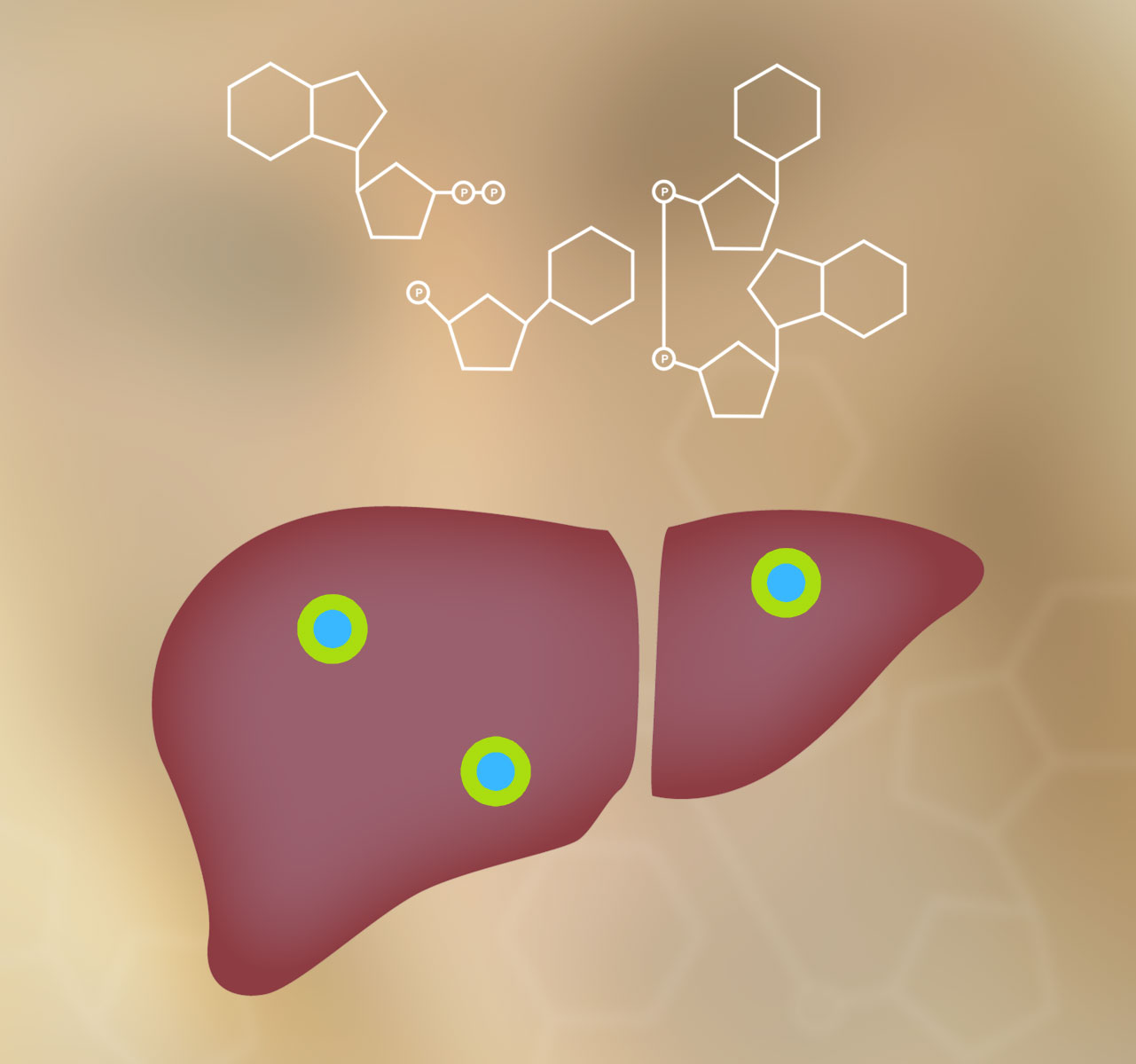Malaria
There are 5 malaria parasite (Plasmodium) species that infect humans, of which P. falciparum and P. vivax are the most important. P. vivax uniquely forms dormant parasite stages in the liver, called hypnozoites. Hypnozoites are only formed in 5 primate malarias (including 2 human malarias) and we use P. cynomolgi, that infects rhesus monkeys, as a model for P. vivax. We study hypnozoite biology, interactions with the host to develop new diagnostic methods for hypnozoite infections and we work on discovery of new drugs, that are urgently needed to kill hypnozoites. For these studies we have developed an in vitro liver stage culture system for P. cynomolgi, as well as technology to genetically modify the parasite.
Progress in drug discovery for hypnozoites

We routinely use in vitro cultures of liver cells that are infected with P. cynomolgi malaria parasites to test whether liver stage parasites (and in particular the dormant subset of parasites) are sensitive to potential new antimalarial compounds. The analysis of these experiments was until shortly performed by microscopy, distinguishing the antibody-stained growing and dormant parasites by shape/size. We have developed a new method for the analysis using transgenic parasites that express bioluminescent markers, which can be used for parasite detection. By treating the infected liver cells with a compound that kills only the growing liver stage parasites, we can specifically detect the dormant stages. This dormant liver parasite population can be used for screening with compounds to detect anti-hypnozoite activity. We have thus far tested 8,000 compounds with this method, including the 400 compound ‘pathogen box’ (provided by MMV, medicines for malaria venture). In this pathogen box we identified one compound that was marked as a hit in several tests (both microscopy-based and bioluminescence-based), this compound will be investigated more thoroughly.
TO TOP ^ < BACK << HOME
Towards the rapid diagnosis of Plasmodium vivax malaria hypnozoite infection

In 2022, the second phase of the series of two in vivo experiments, which started in 2021 as part of a metabolomics study funded by the GHIT Fund (Global Health Innovative Technology Fund), was carried out. This was part of a larger project which is aimed at developing a rapid test for identifying people that are “latently” infected with malaria and also included a preliminary in vitro phase to test feasibility.
At the end of the first in vivo study, an independent go-no go decision was carried out by the GHIT Fund to determined whether the results obtained in the first in vivo study were promising enough to allow the team to proceed with the second in vivo study.
The first in vivo study was aimed at identifying unique metabolic signatures in the serum of animals “latently” carrying dormant malaria infection stages (hypnozoites). Approximately 40 metabolites in the serum that were selectively expressed in the dormant stage (hypnozoite) condition only were identified. The second phase was aimed at confirming such metabolic signatures and determining the sensitivity of the metabolite approach in vivo. 27 of the 40 metabolites identified in the first in vivo experiment were successfully confirmed in the second phase and 19 metabolites were selected for further analysis as they are the most promising in terms of developing a diagnostic kit for Plasmodium vivax malaria hypnozoite infection in humans to be deployed under the field conditions found in endemic countries.
TO TOP ^ < BACK << HOME


